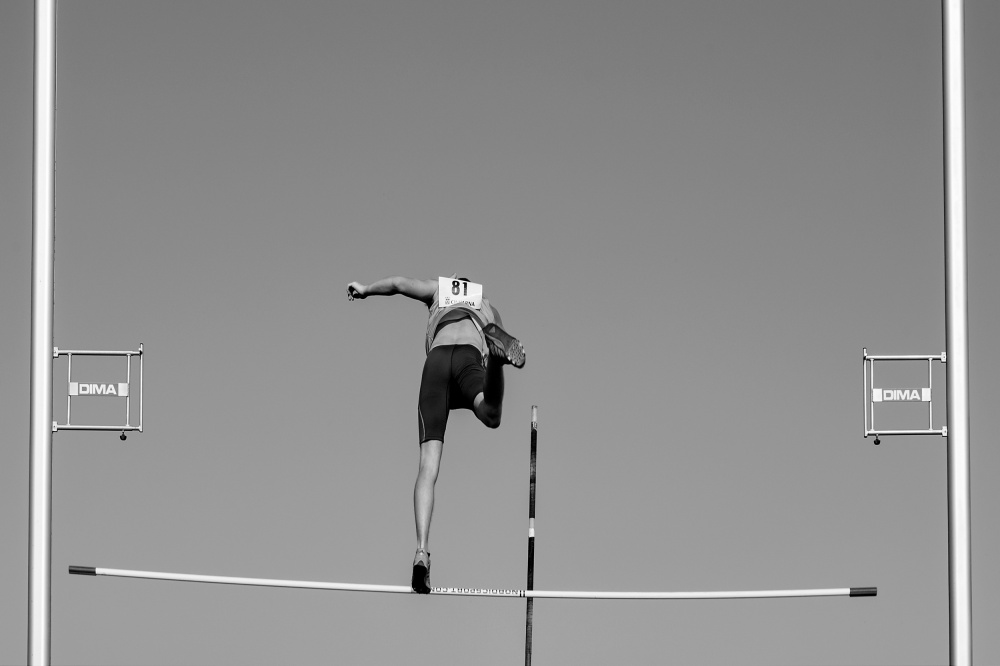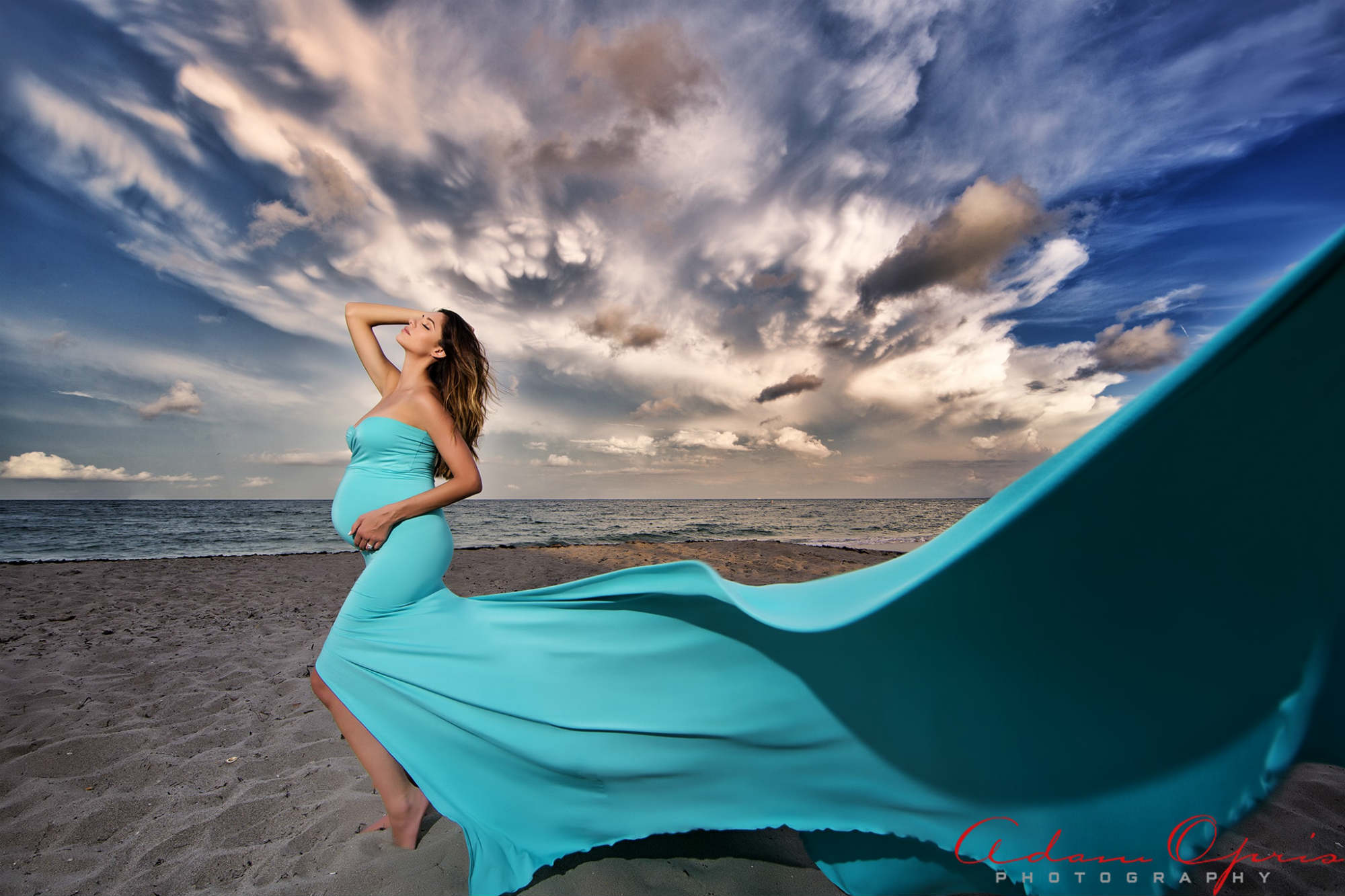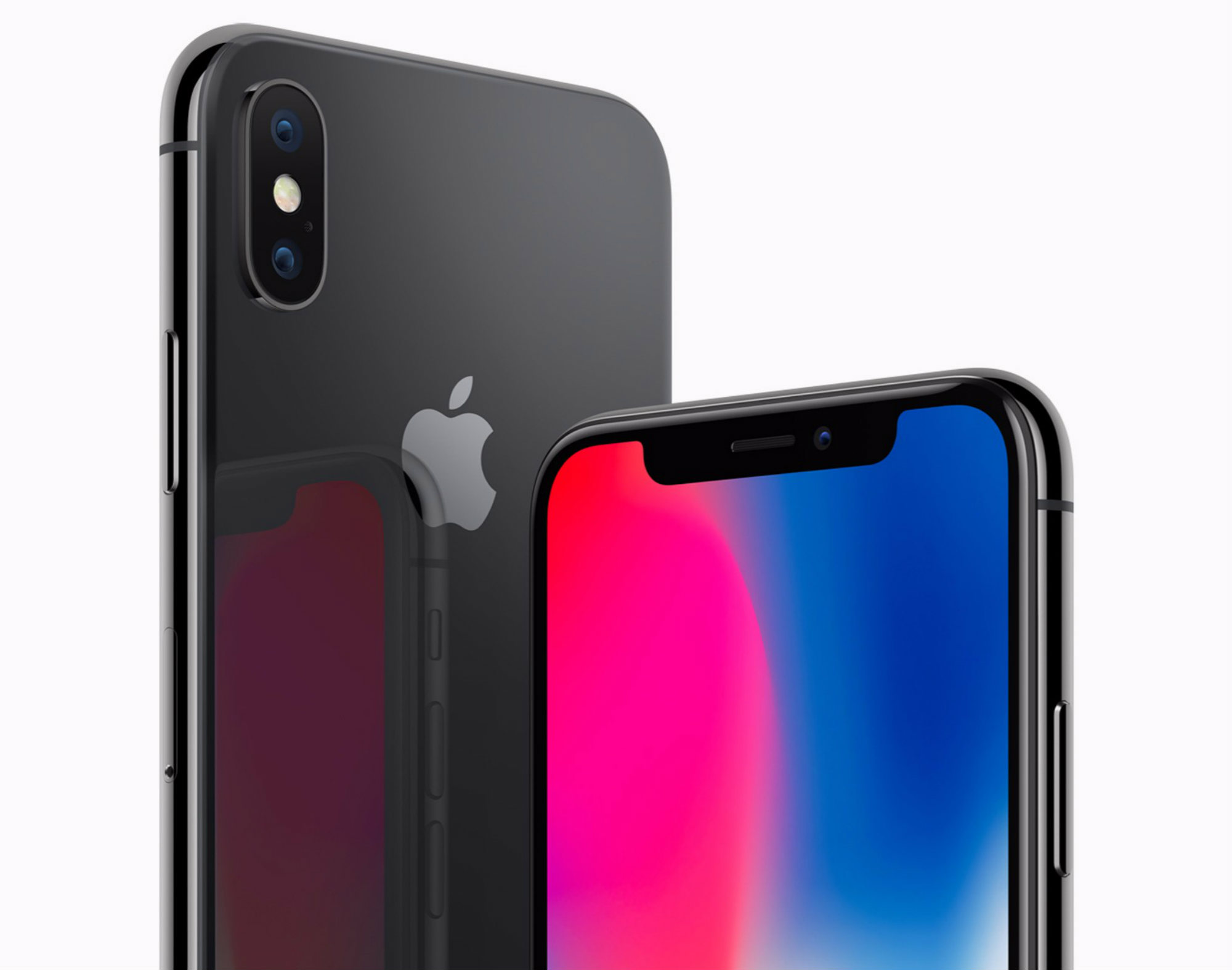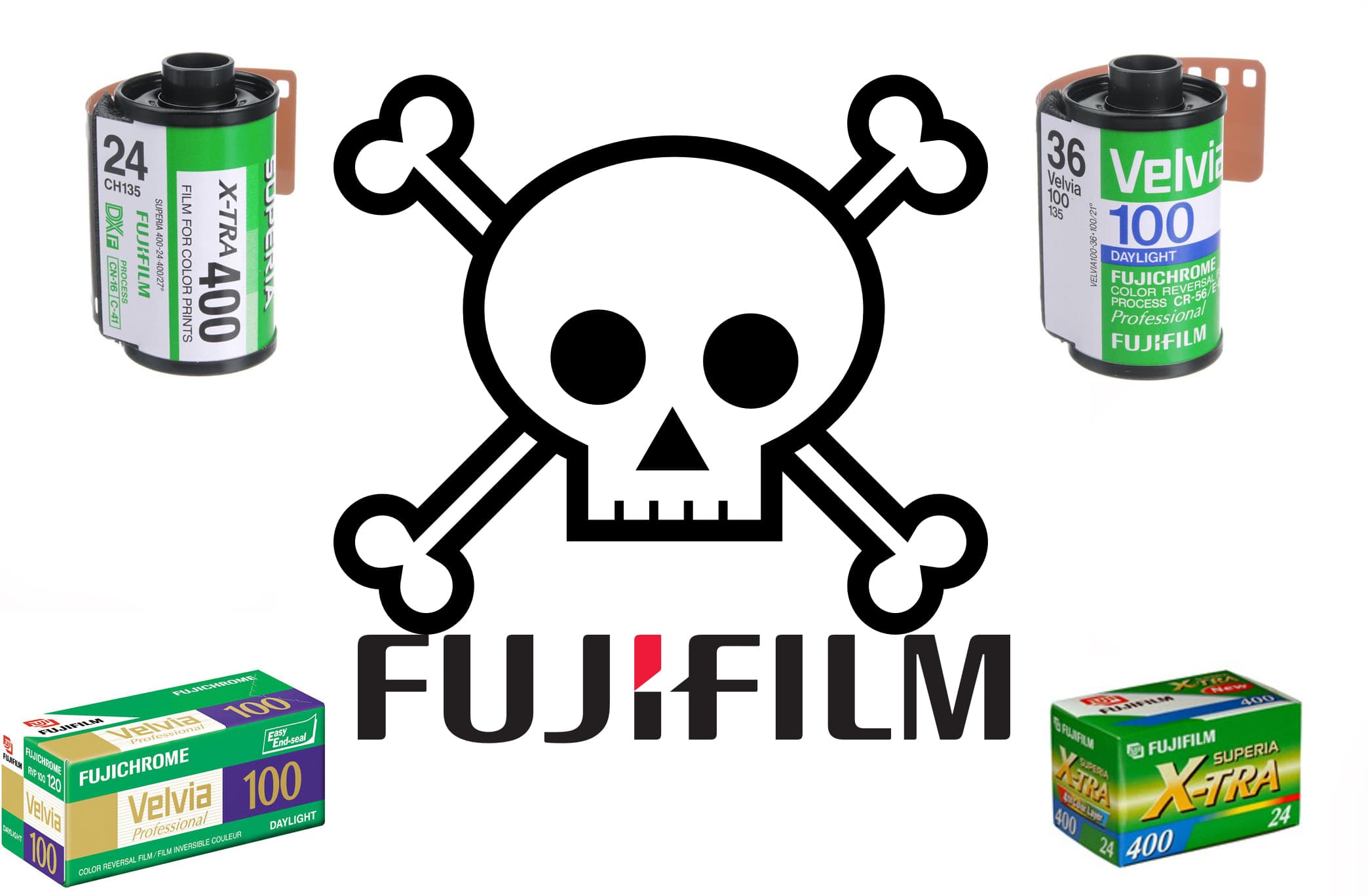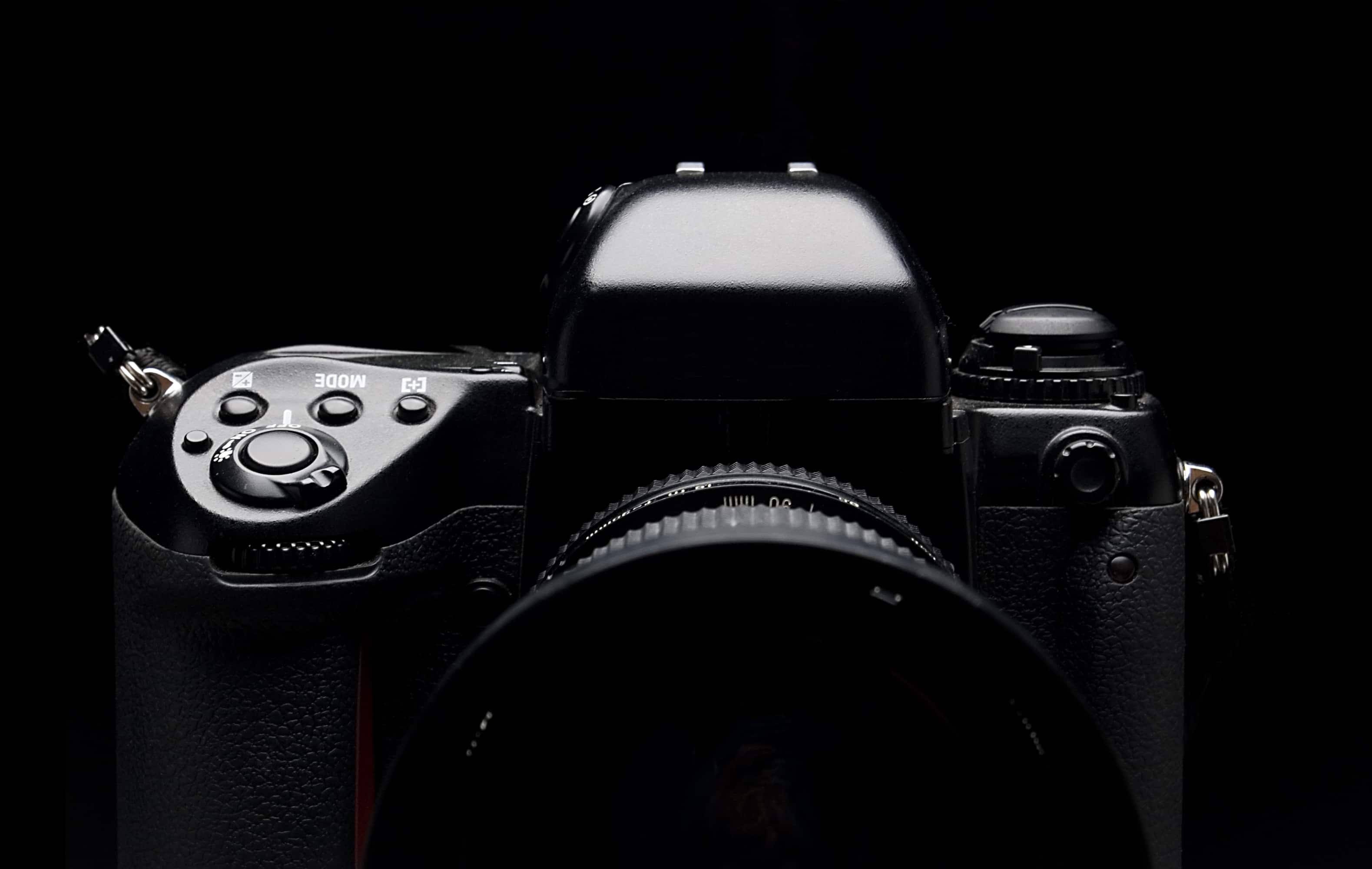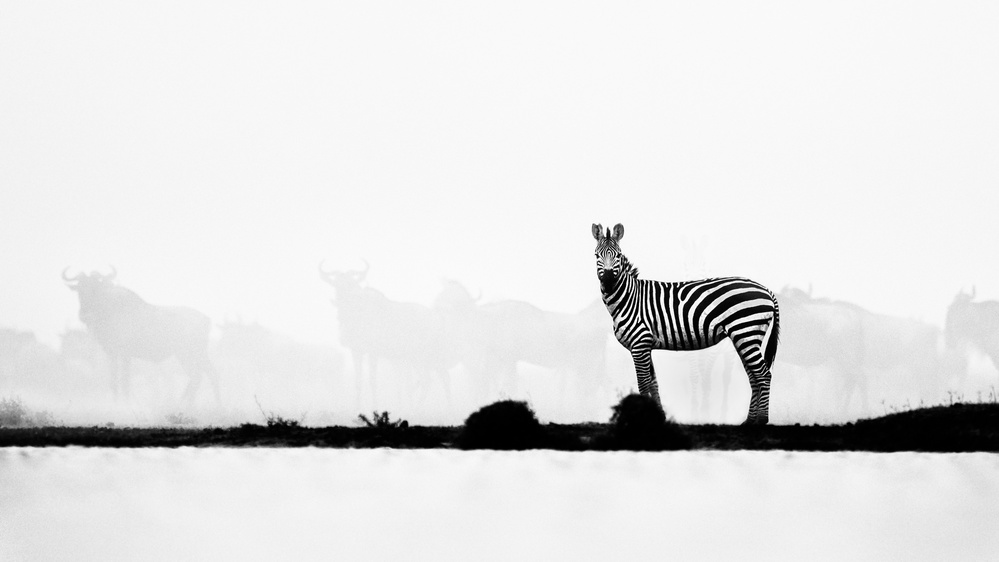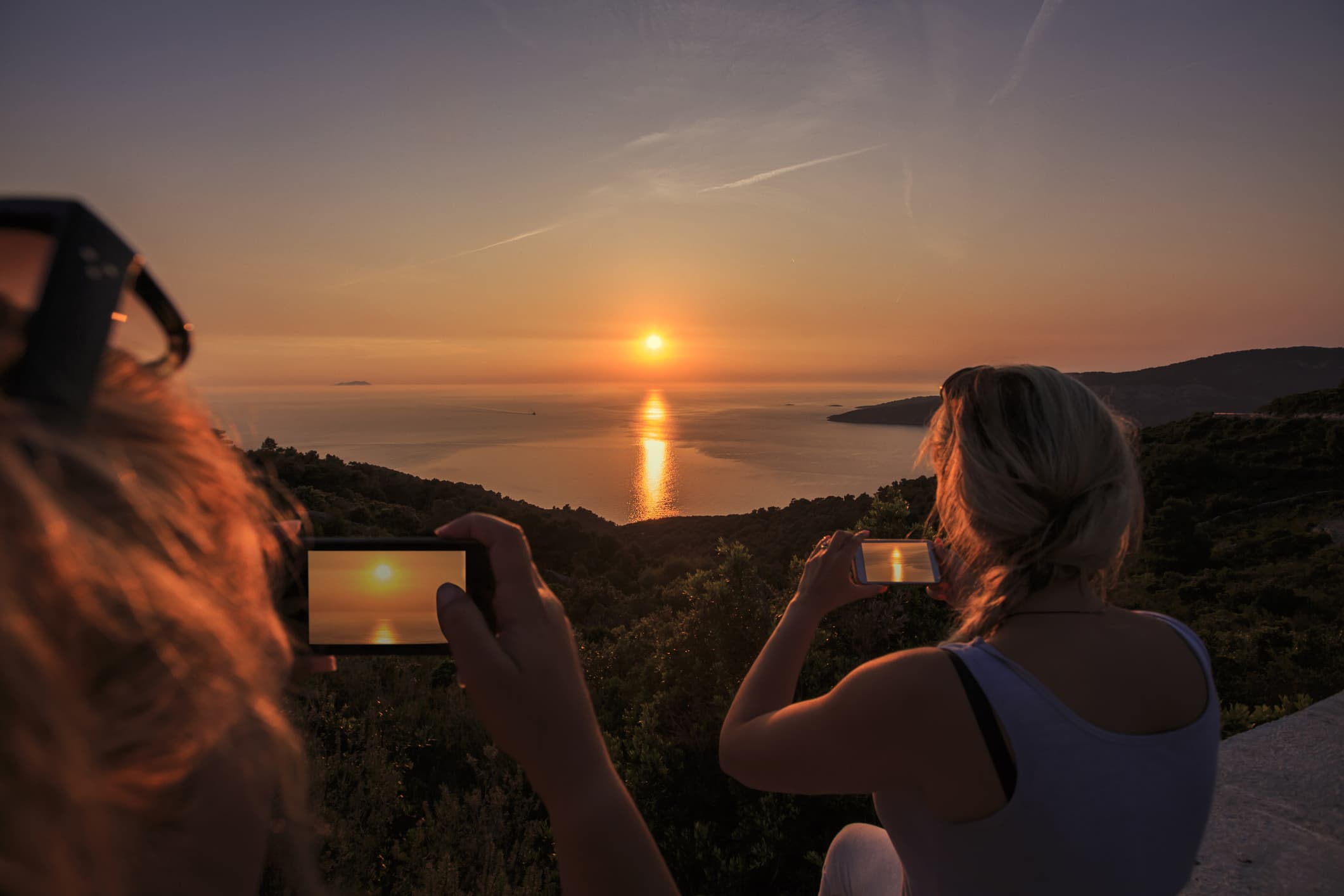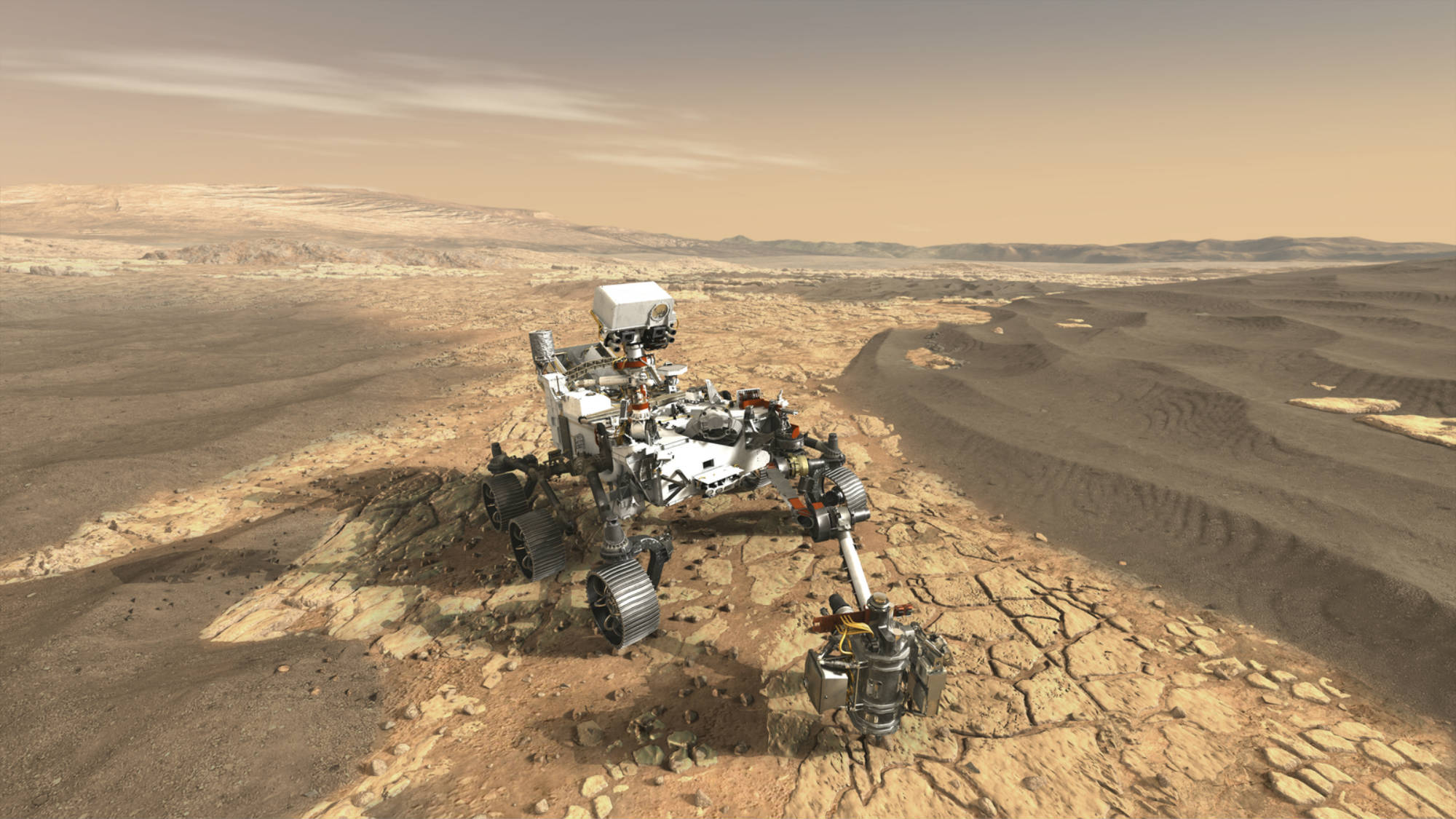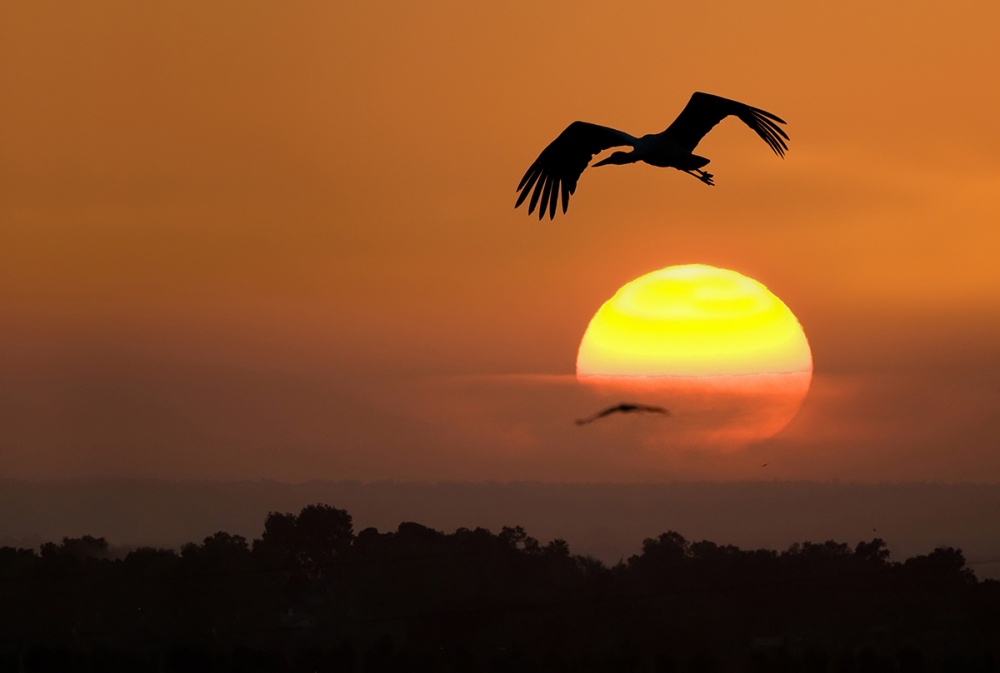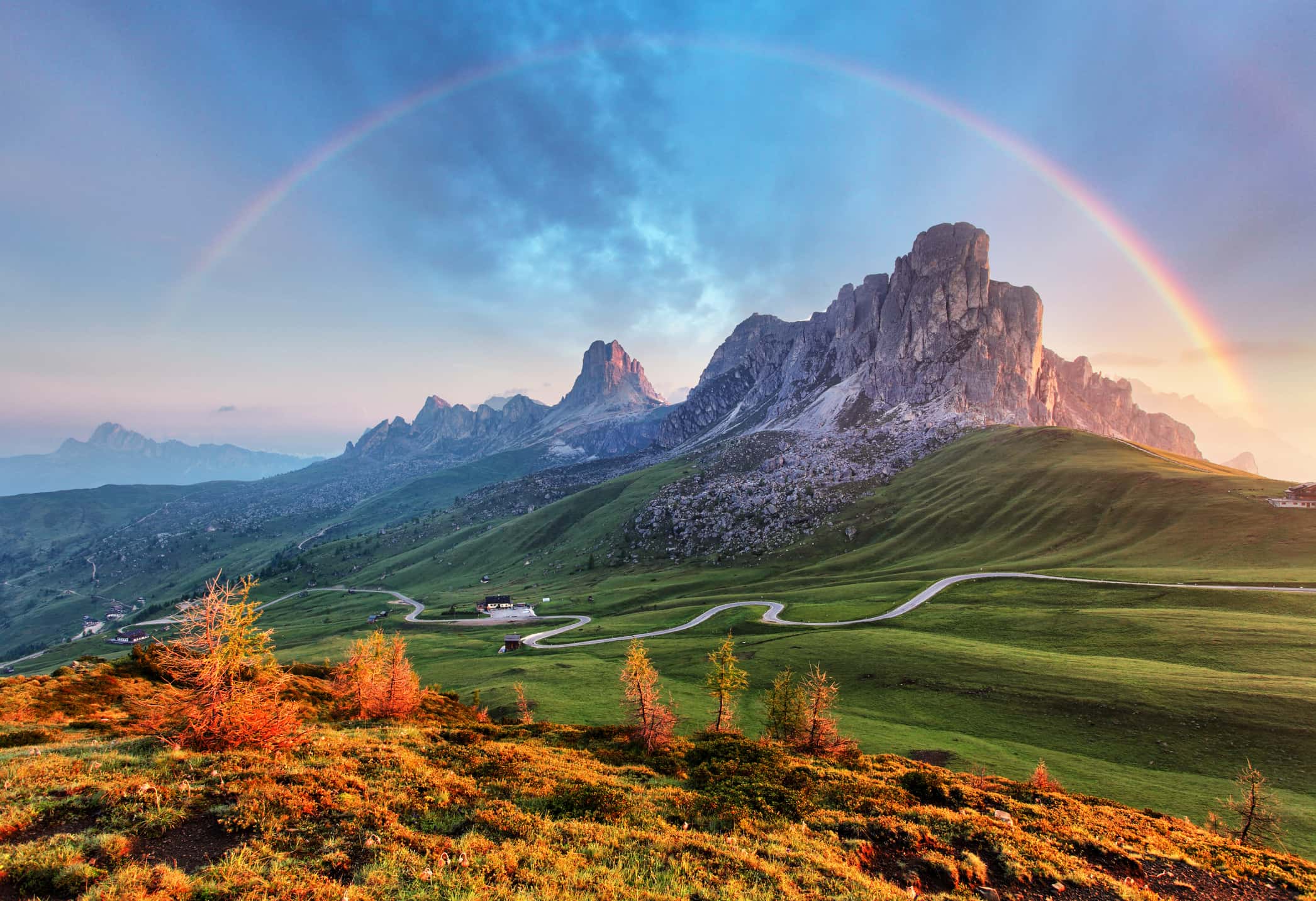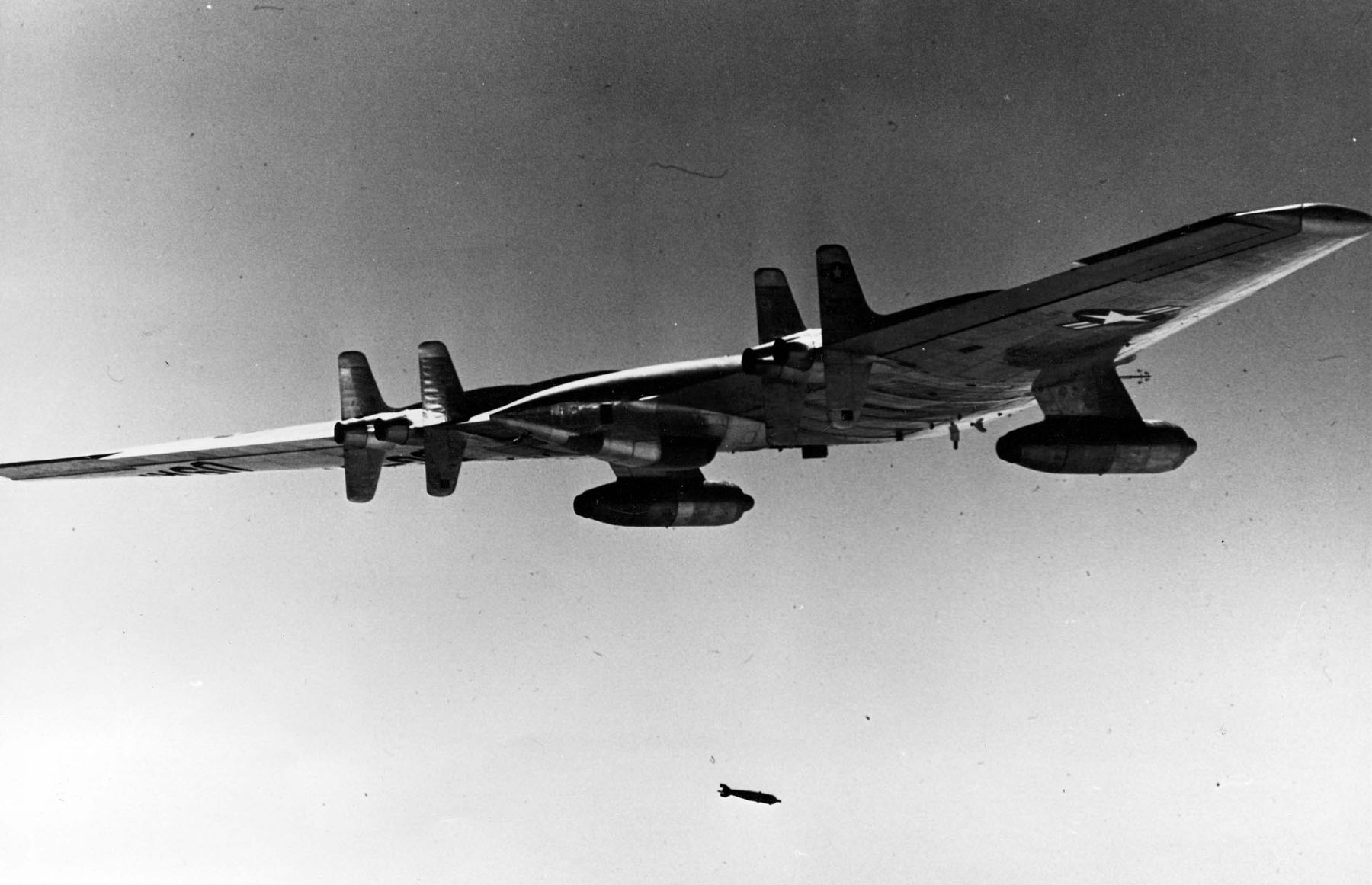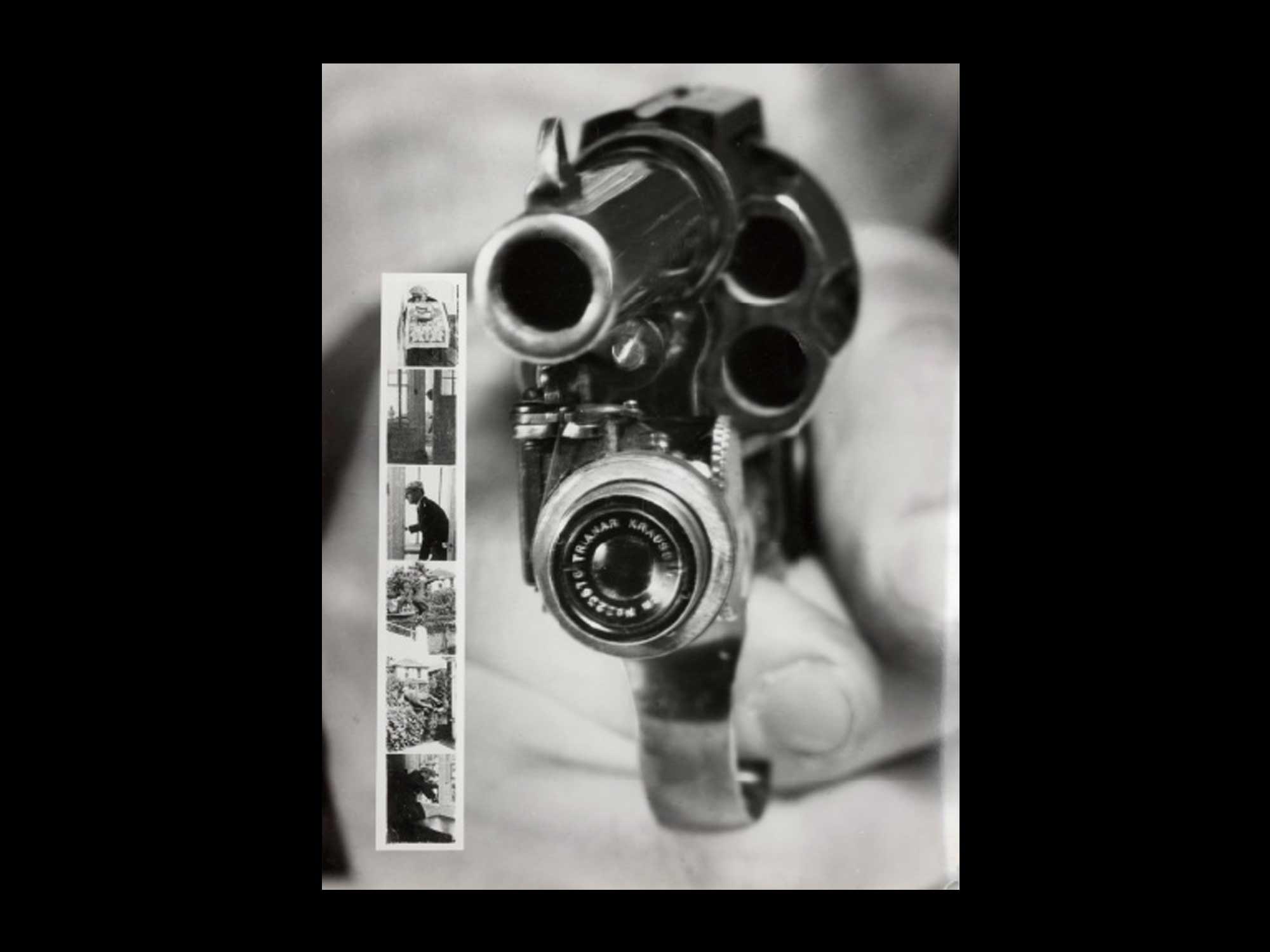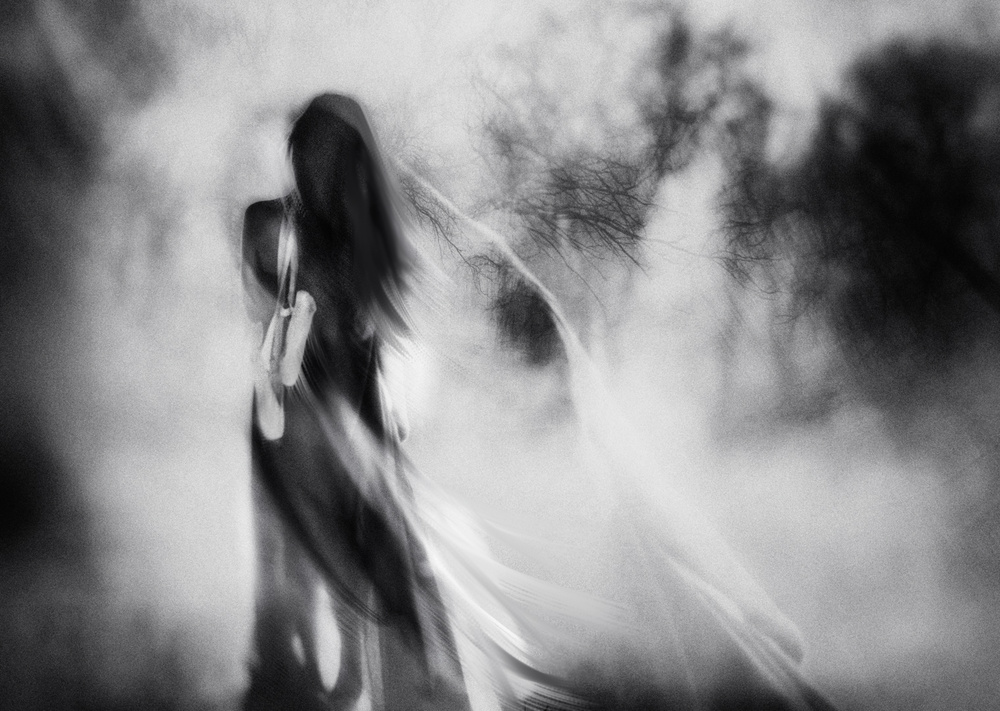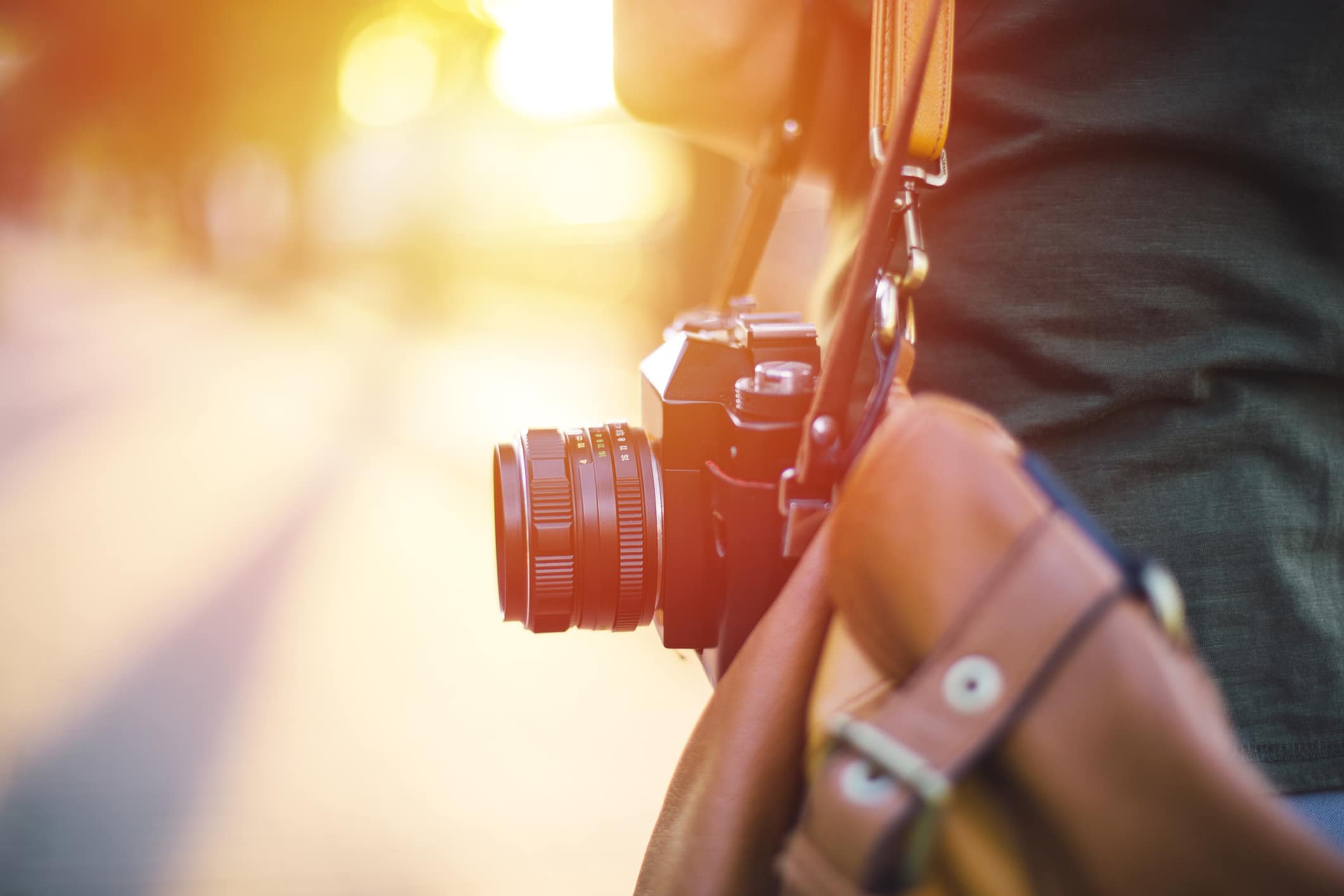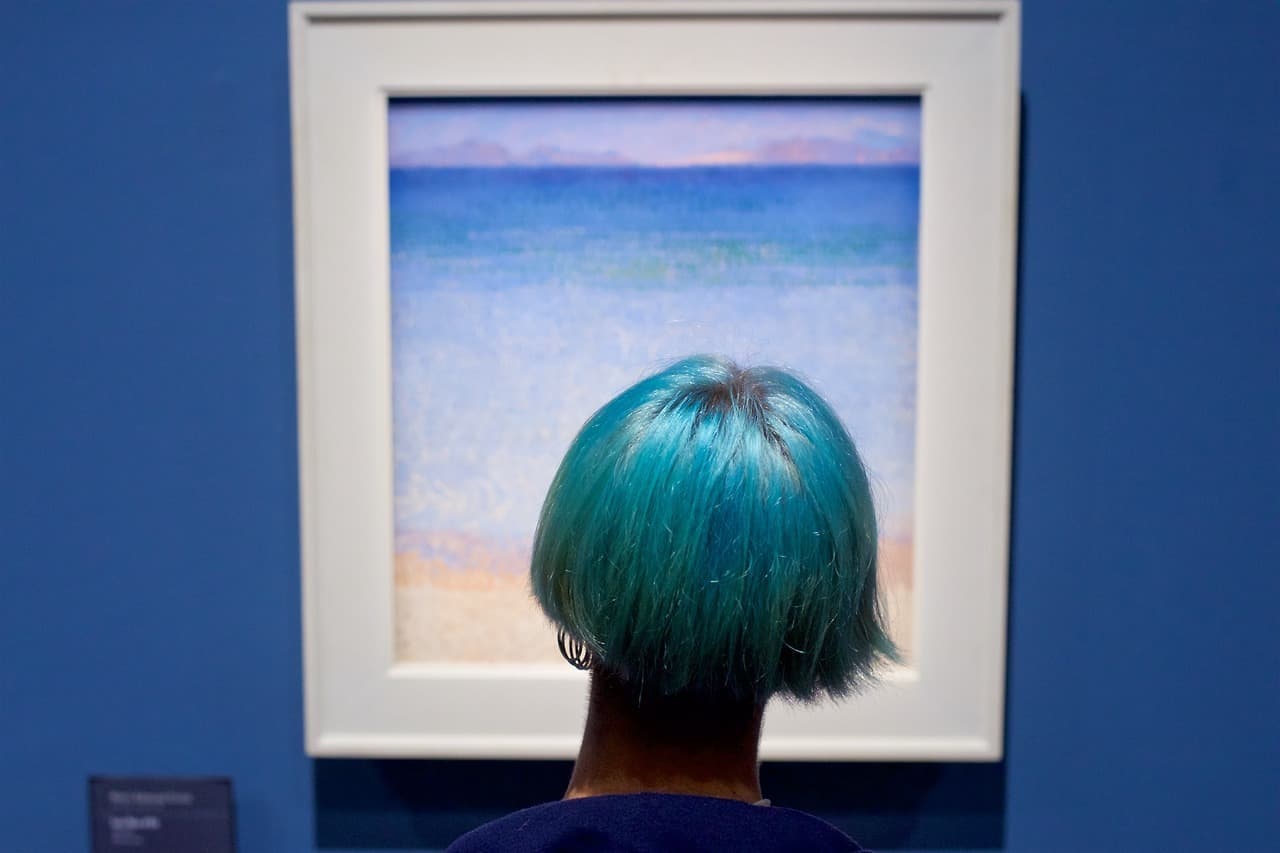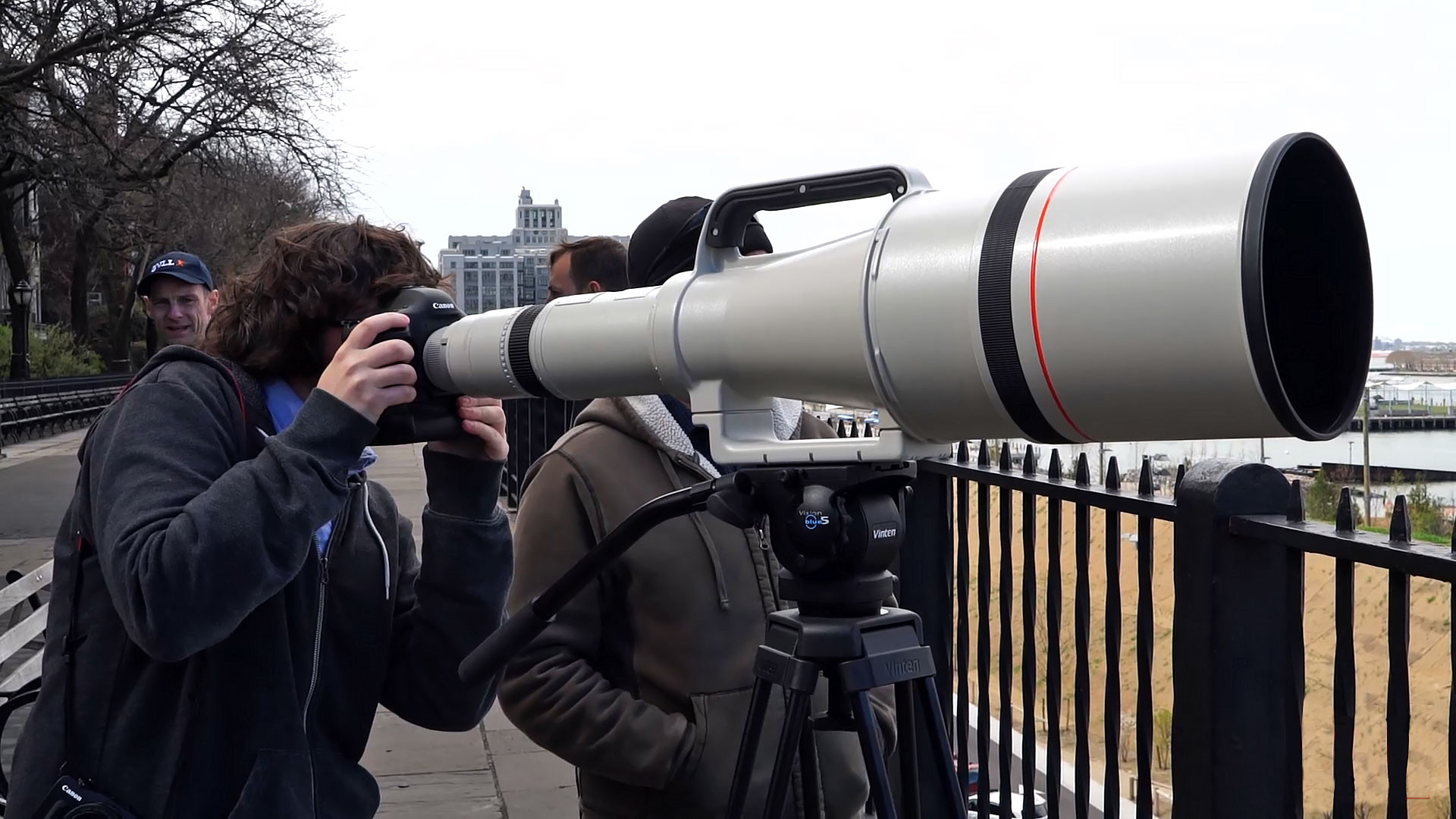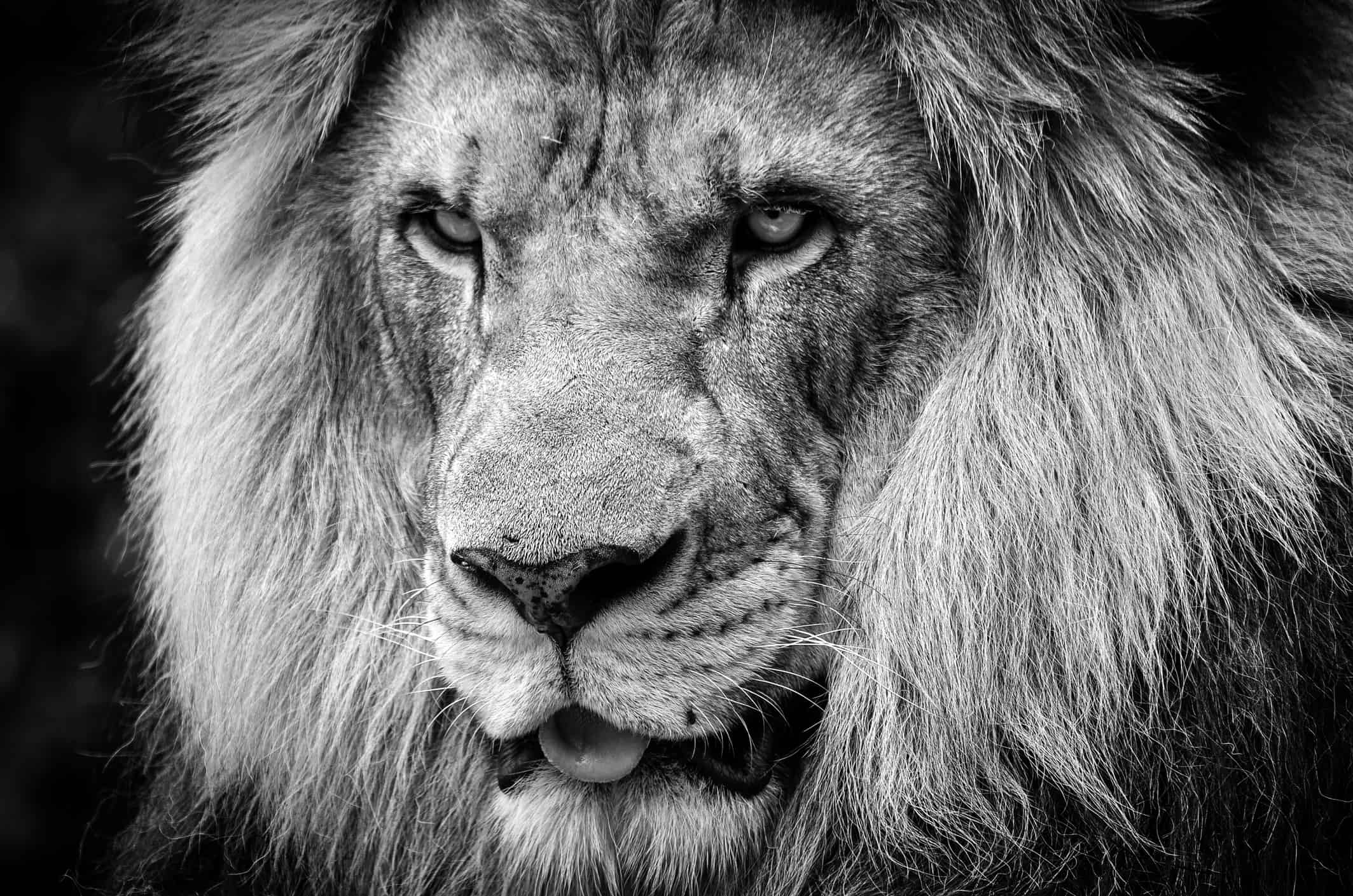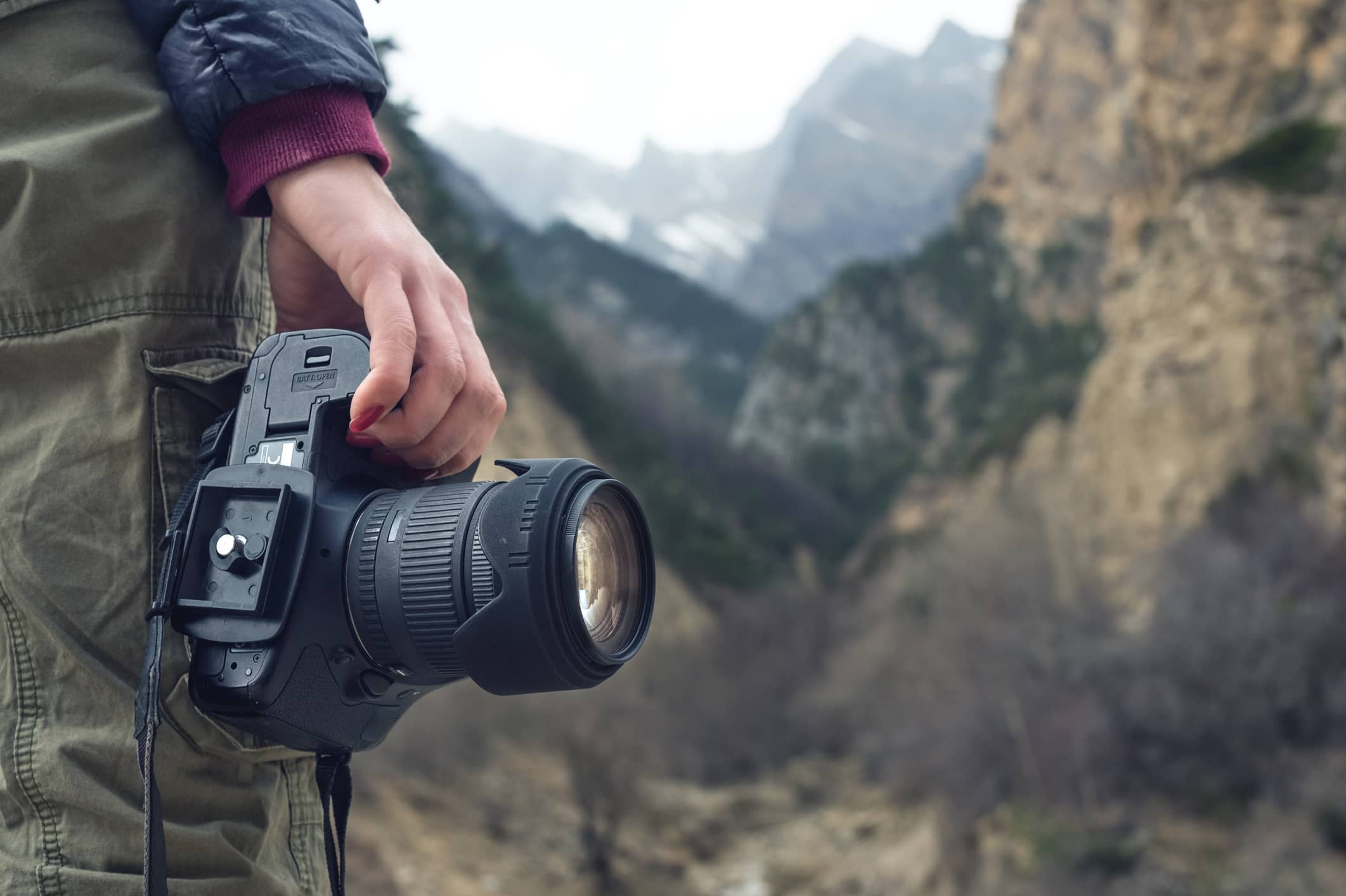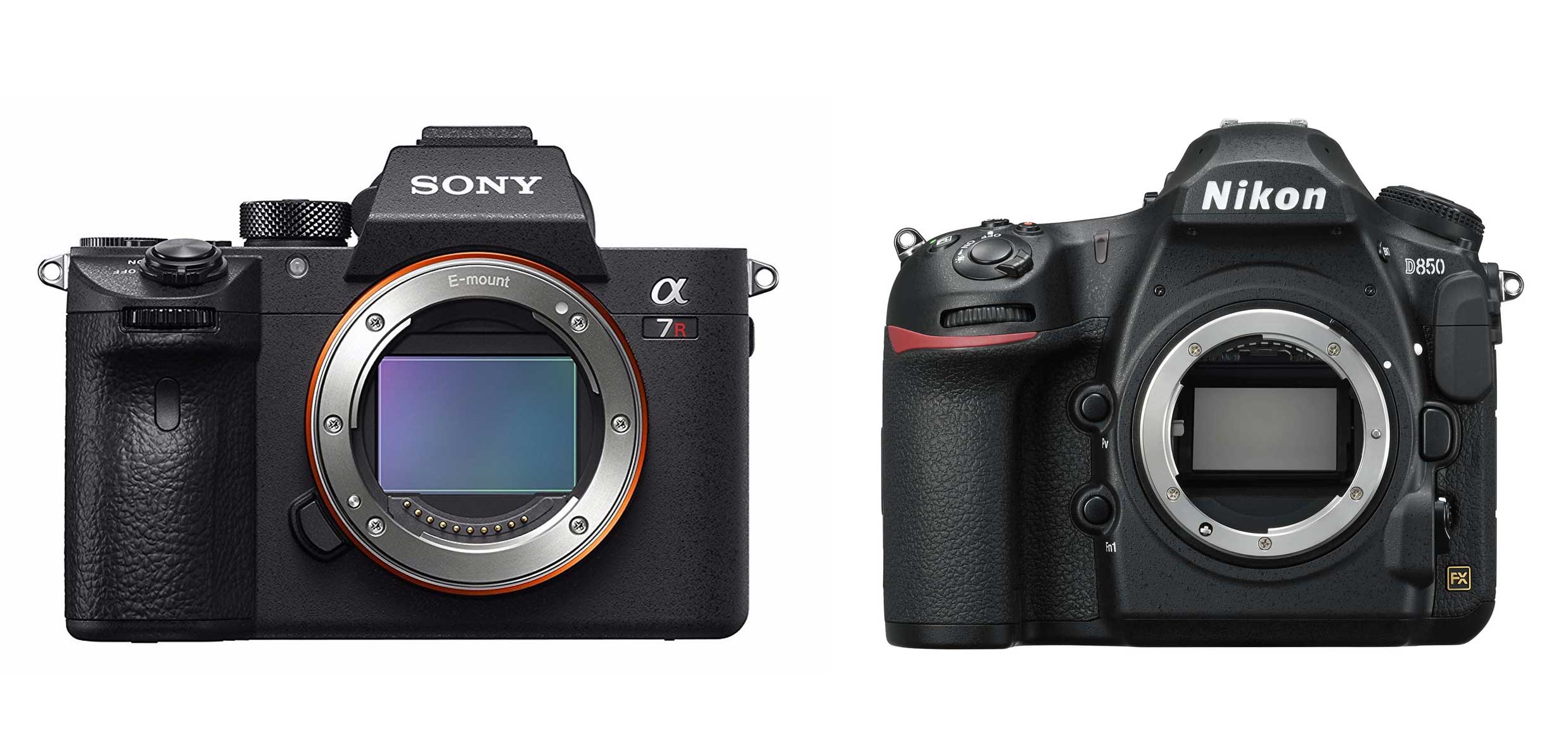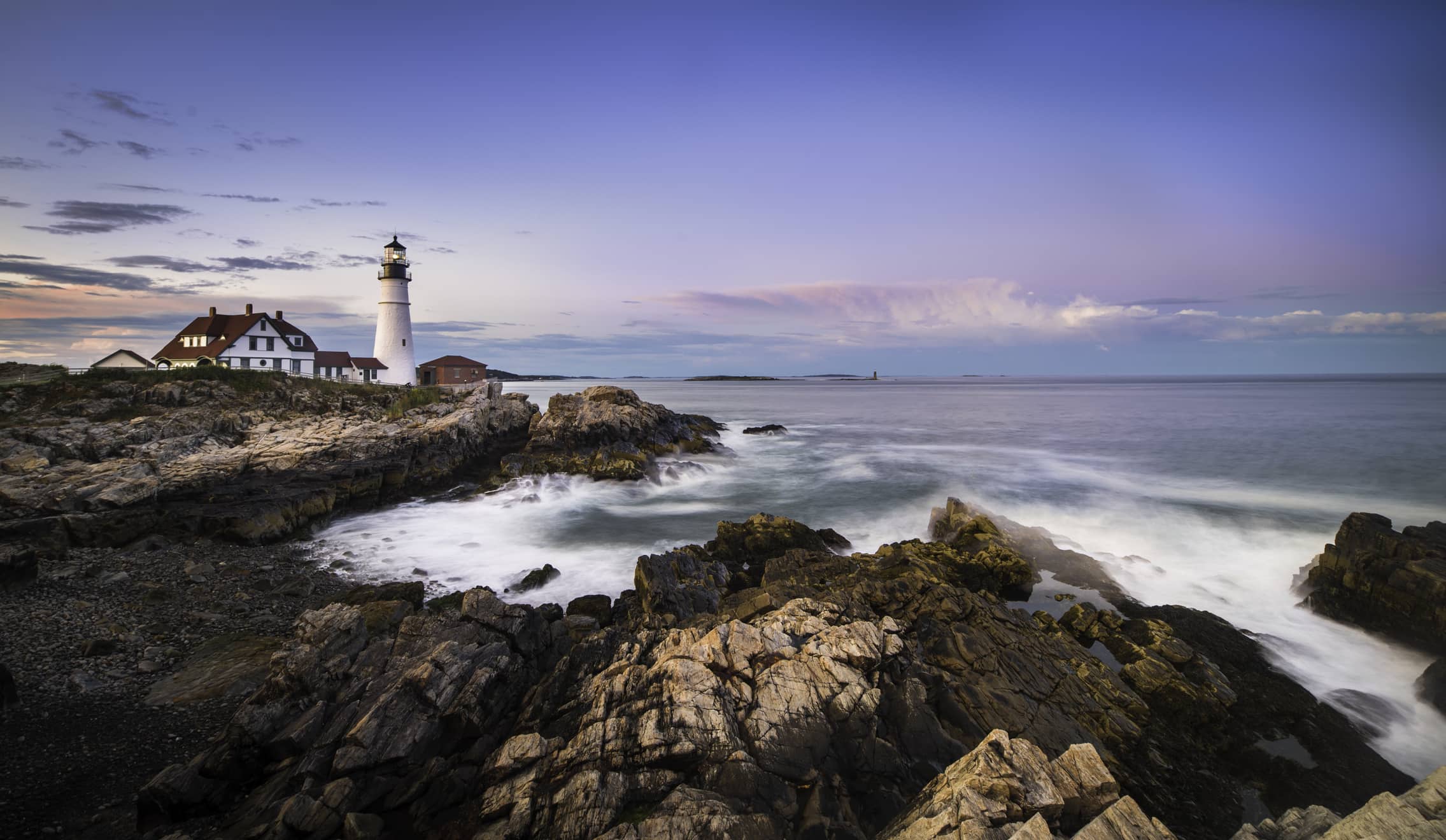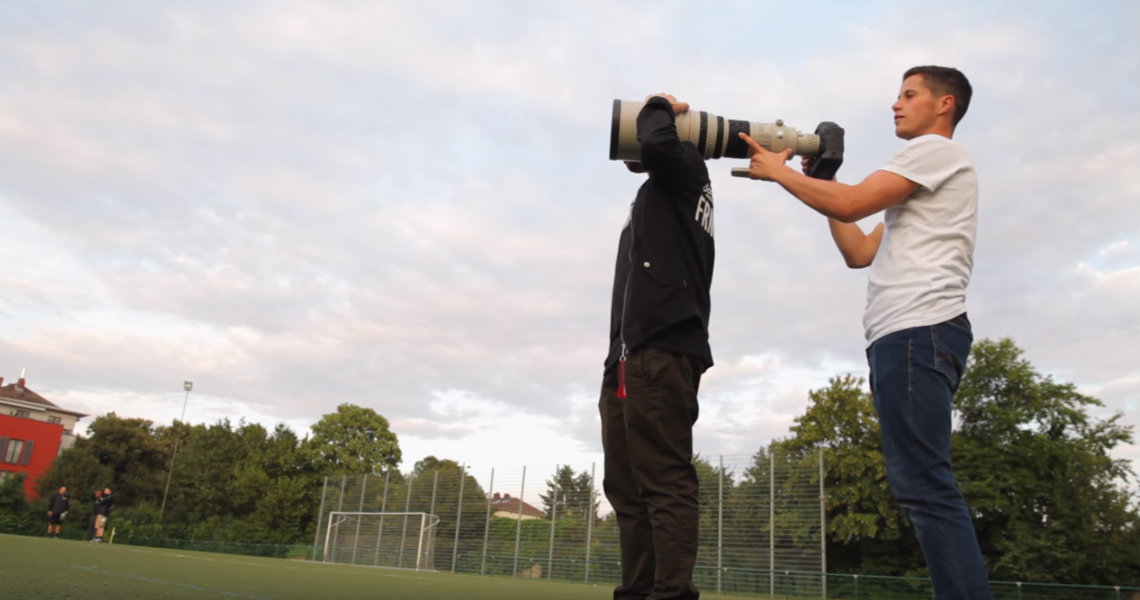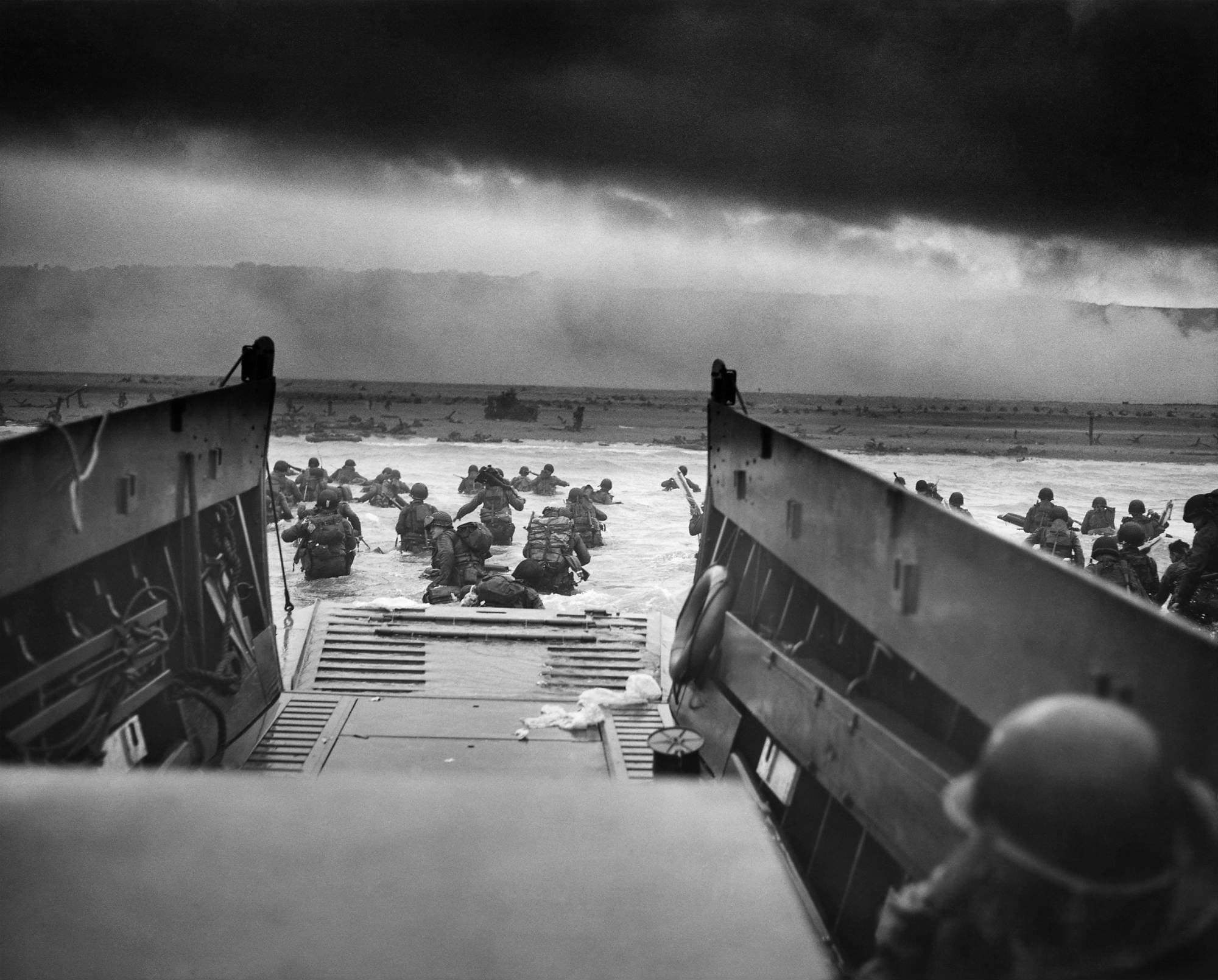Tips & Tricks
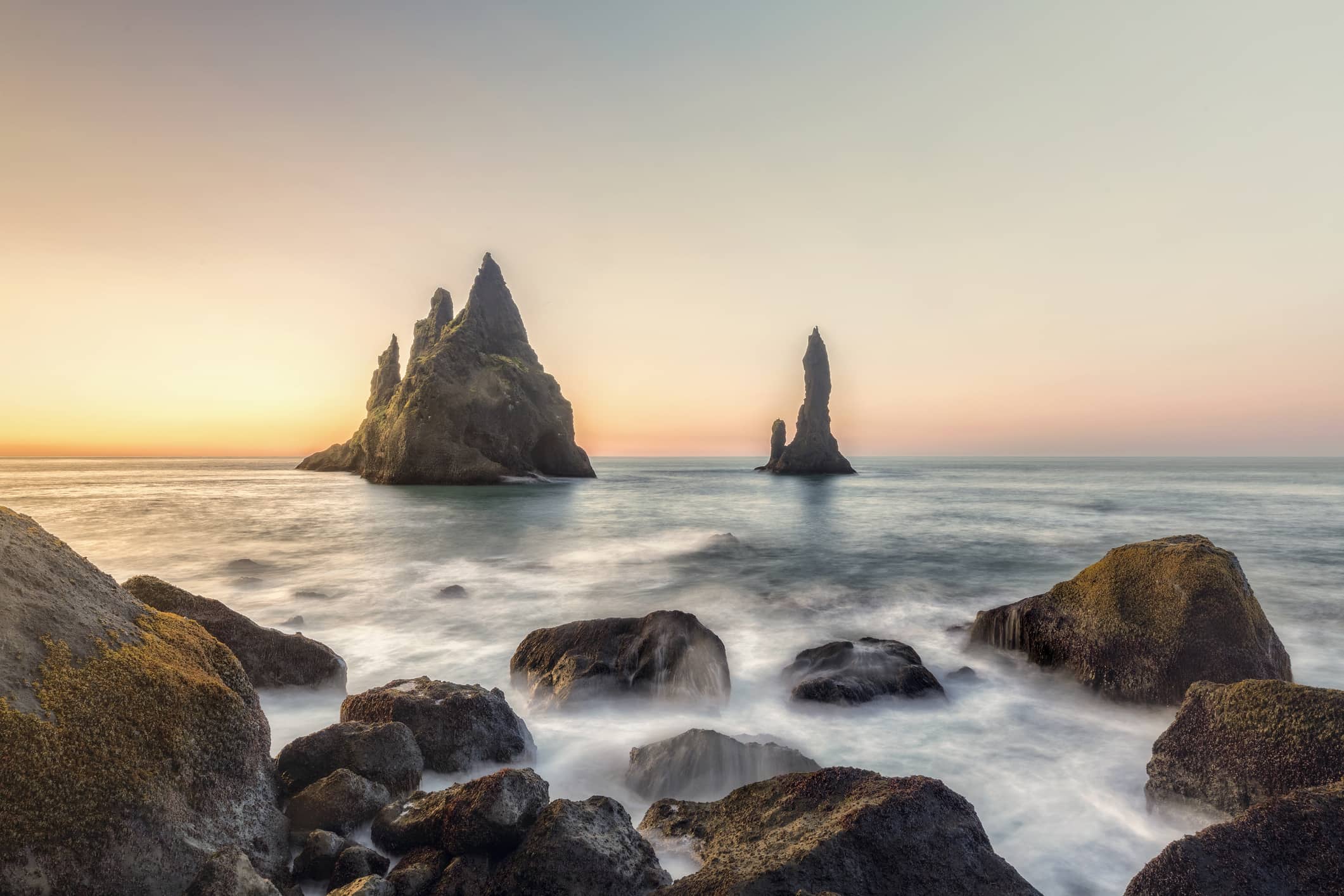
When and How to Use Long Exposure
Photography Talk
Slowing down your shutter speed can add a lot of magic to your photographs...
Rivers that look as if they are flowing with mist, seas filled with smoke or stars trails that turn reality into something that you would only expect to find in one of the Van Gogh paintings.
Long exposure has many applications in photography and I am sure that as you experiment you will find new and exciting ways to use this technique. But for now, let's have a look at few situation where long exposure photography is used most often.
Equipment That You Need
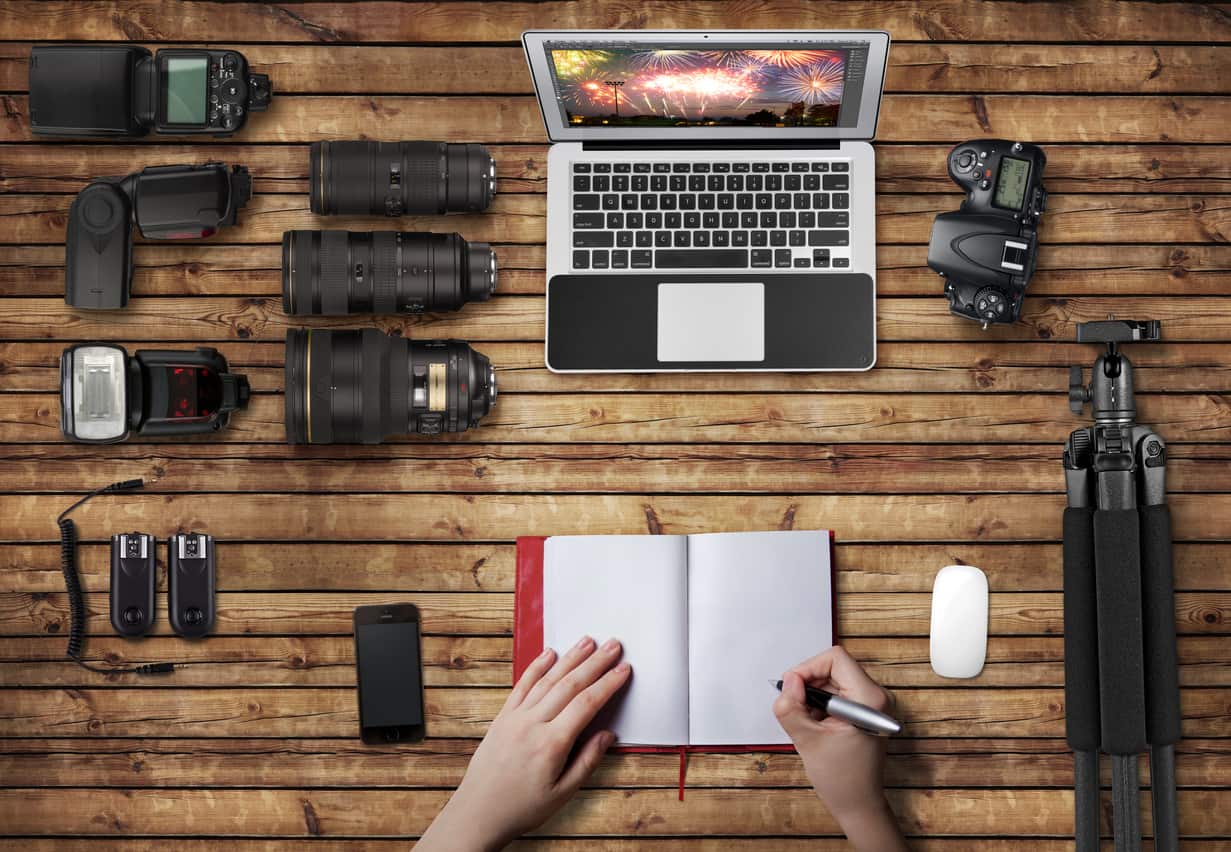
Just like for any photography technique, having the right equipment is absolutely essential. Here’s what you need if you want to take some breathtaking long exposure shots:
Camera
As long as your camera has manual mode you can do long exposure shots.
DSLR or mirrorless cameras are probably better for the job as most point and shoot cameras will struggle with noise that is produced by long exposures.
Tripod
You can’t really do long exposure without a sturdy tripod. Since you will be doing anything from a one second exposure to one minute and above, even the slightest camera shake will show.
It doesn’t have to be some high-end super expensive tripod, just make sure it can support the weight of your camera and lens, and is sturdy enough not to move in light breeze.
Neutral Density (ND) Filters
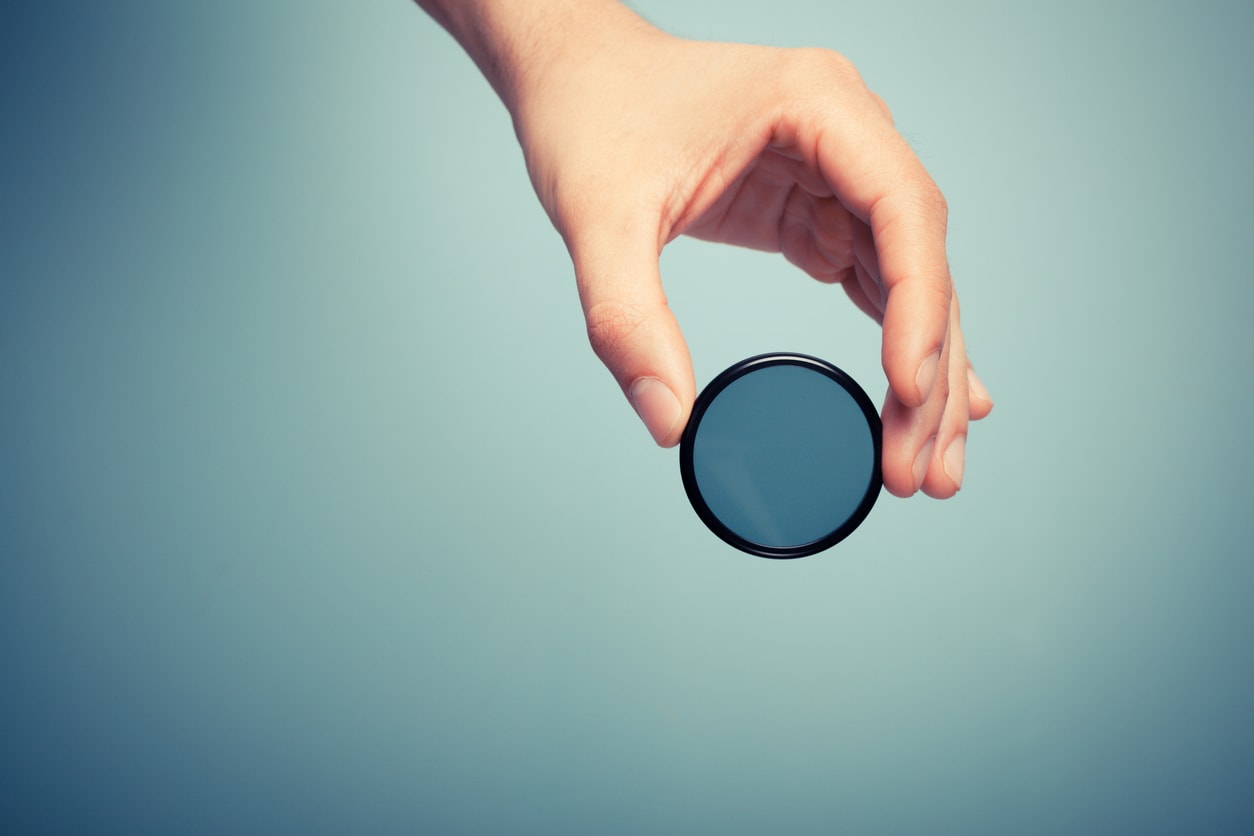
Neutral density filters are great for when you want to take long exposure shots during the day. This will allow you to bring your shutter speed down, free up your aperture, and result in some fantastic pictures of water.
But when it comes to night photography, ND filters might not be the best thing that pop into your head. I mean, it is already pitch black outside, why would you need to make it even darker?
But what you will often find is that when you go beyond the 30 second exposure, it is actually possible to overexpose even during the night! Especially if you want to create star trails.
Remote
Most cameras are capable of doing up to 30 seconds exposure. So, if you don’t plan to go above that, you can skip the remote.
For anything above 30 seconds, though, you will need to set the camera shutter speed to bulb (B). This will keep the shutter open for as long as you are pressing the button.
As you can imagine, you can’t take long exposure pictures with your hand resting on the camera. That is why you need a remote that has a lock function. It will allow you to lock your camera open, and effortlessly go beyond the standard 30 second exposures.
With low budget remotes you will have to time your pictures manually. The more advanced remotes have dedicated timers that you can dial in and leave the camera to do its own thing.
Get a quick overview of how to shoot long exposures in the video above by Peter McKinnon.
Learn More:
Flowing Water
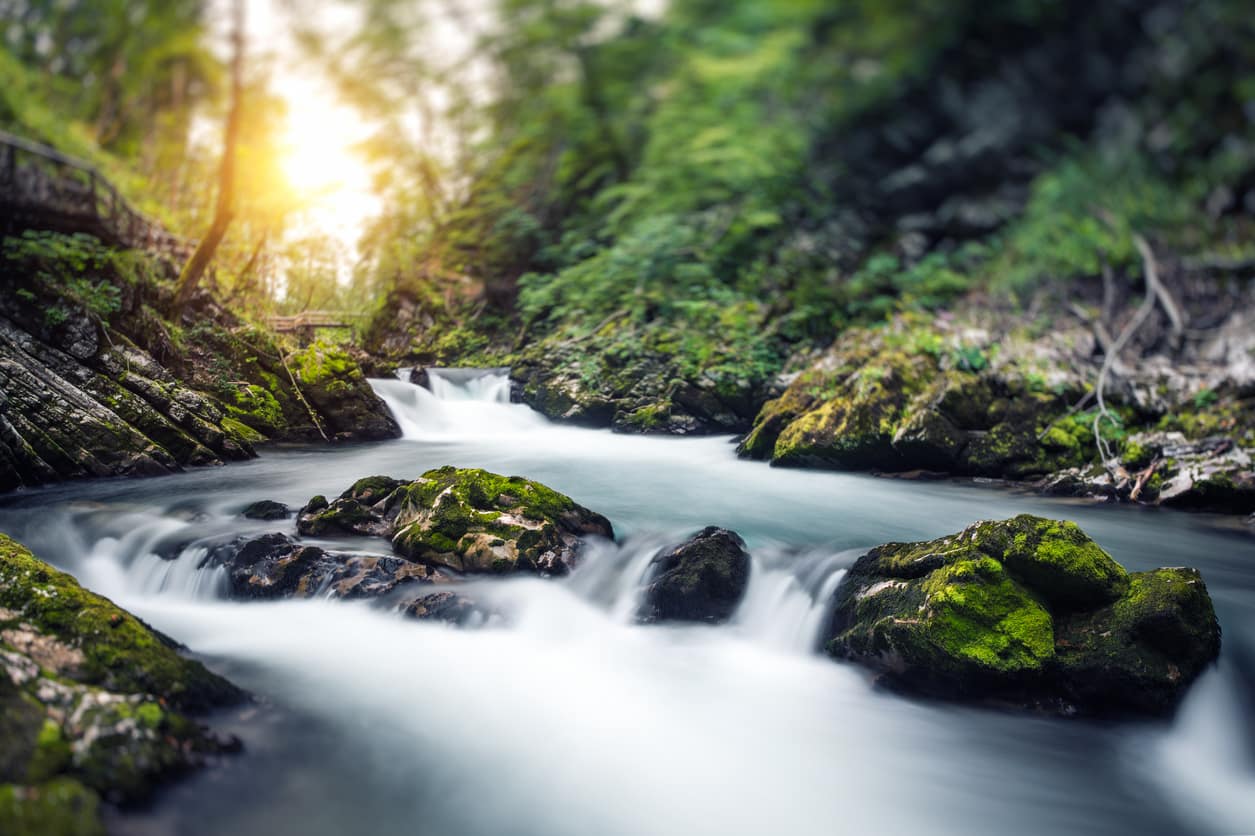
I am sure you have seen some breathtaking photographs where water looks more like mist. And guess what - this is achieved using long exposures!
Anything above 1/30th of a second will start to blur the water. But to get really great results you will want to go above one second.
The best time to do this is during the golden hour, as the light can really compliment the water. If you want to do this during the day, get a 10 stop solid ND filter and drop down your ISO. This will allow you to create misty water effect even at mid-afternoon.
However, keep in mind that using ND filters during the day will not only affect the water but will blur the clouds as well.
Light Trails
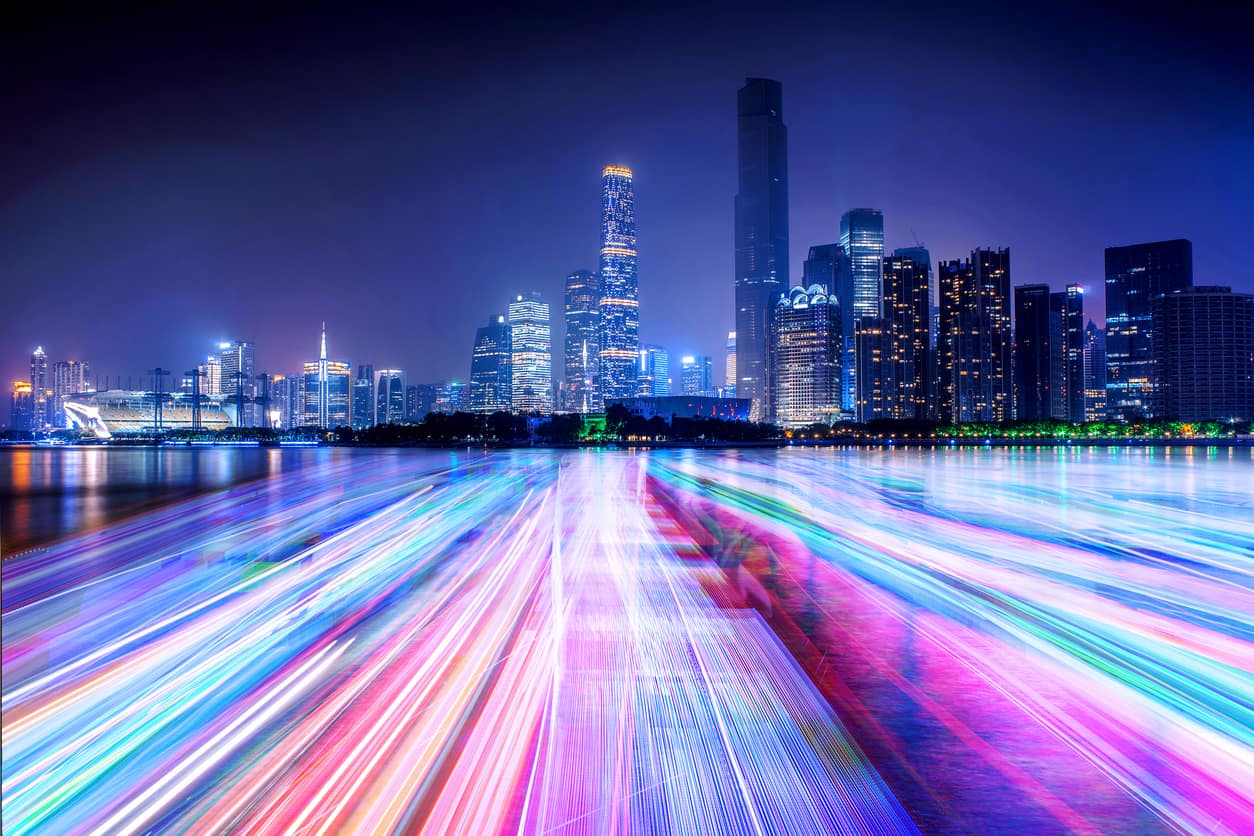
Around the city or on busy roads, you can use long exposure to create light trails in your pictures. Using a lower ISO and longer aperture will help you create longer trails and will get the whole scene in focus.
Around the city, this technique is great to blur out people. As long as they are not walking towards you or away from you, they should be blurred into ghostly figures. If the exposure is long enough, the people might disappear completely.
Learn More:
Star Trails
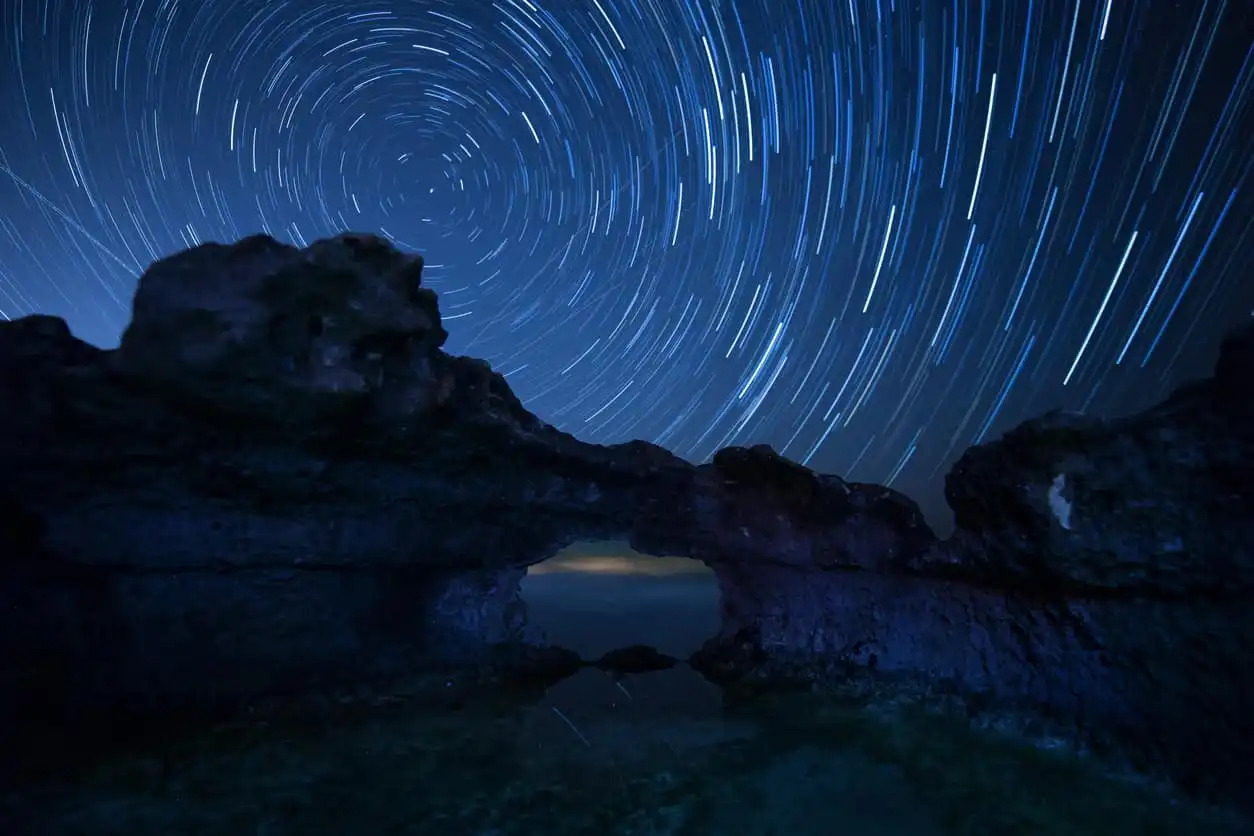
On a clear night you can use long exposure to create dazzling star trails. Using the 500 rule, you can work out how long your exposure has to be for the stars to start leaving trails.
What is the 500 rule you ask?
Well, the idea behind the 500 rule is that you divide 500 by your focal length. The result is the longest shutter speed you can use before it starts to trail. This can either be used to avoid star trails or create them.
Keep in mind that to make a truly circular star trail, your exposure will have to be 5 minutes or longer. So, the 500 rule kind of goes out the window...unless of course you shoot multiple exposures and use Photoshop to compose them together and achieve star trails this way.
To use the second technique, take multiple shots with 30 second exposure times.
For starters you can go with 20 minutes worth of shots or so. A lot of cameras have drive mode, where your camera will keep taking picture after picture for as long as your shutter release is pressed down. You can either use duct tape to hold it down or invest into a remote control.
Learn More:
Experimentation is Key
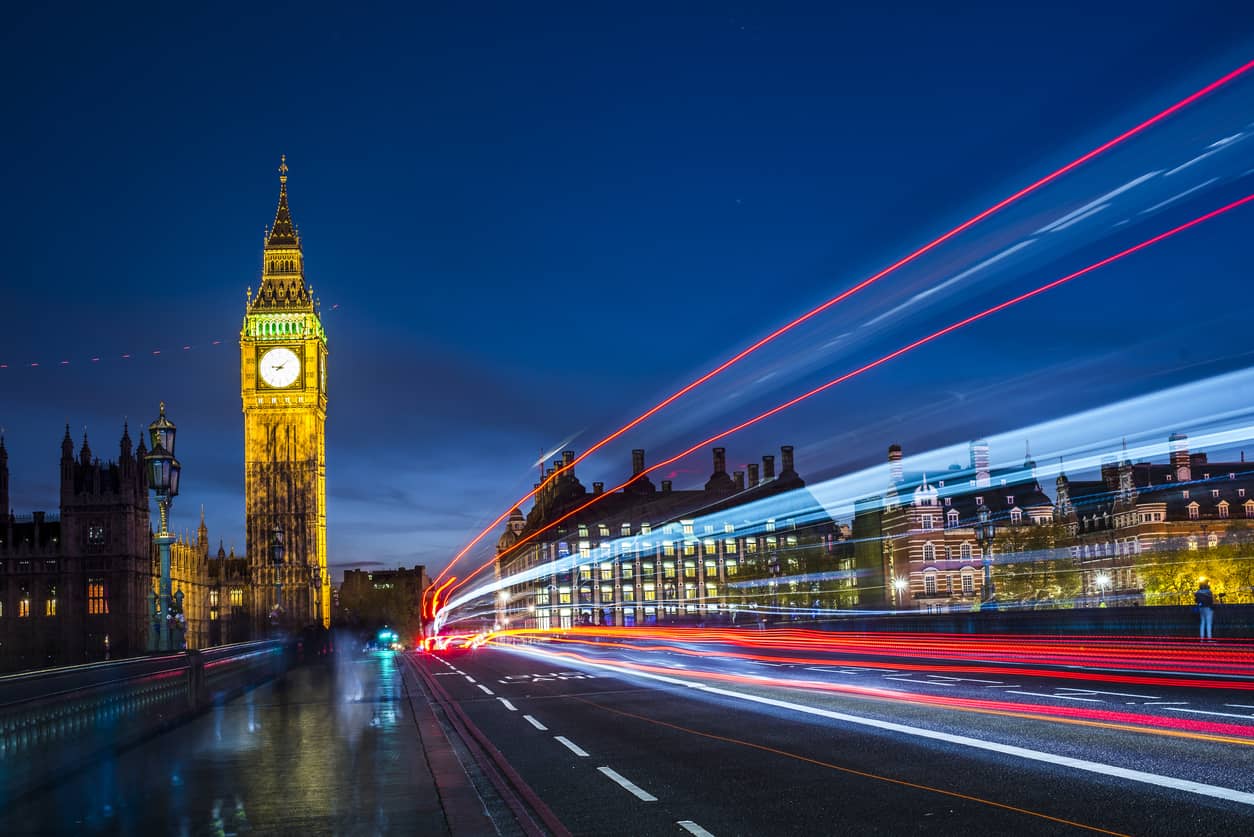
Using long exposure allows you to really tap into your creative space. All you have to do is experiment and see if you like the kind of results you are getting.
I cannot tell you which method will work best, as capturing an amazing photograph requires a lot more than that.
So, go out there and play around! Even if you don’t manage to get any breathtaking photos on your first go, at least you’ll have some fun.



